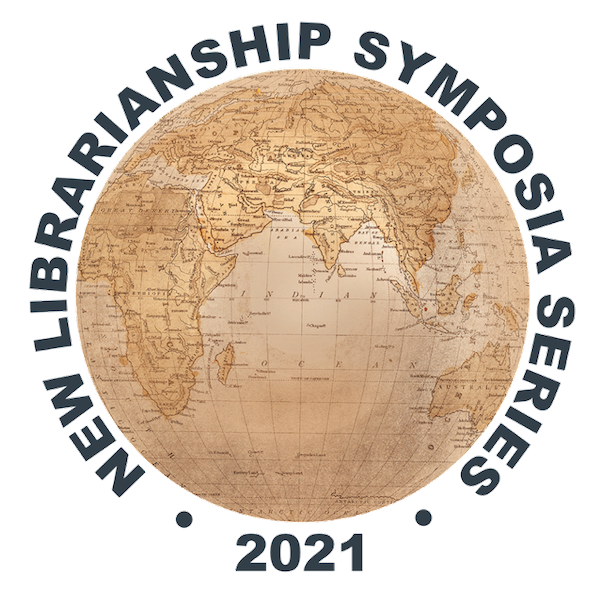Engines of Social Infrastructure: libraries reducing barriers to local goods
Submission Type
Paper Abstract Submission
Symposium Selection
International influences
Keywords
Social infrastructure public goods local membership
Abstract
Social infrastructure is inherently local and idiosyncratic. Wherever it’s found, it’s created and maintained by its community and grounded in its place. Library spaces are limited, though, and the benefits of more social infrastructure are profound. How do we make more of it?
I argue that many familiar library practices can be understood as pulling local, private or less-accessible resources toward the public, social end of the spectrum. The techniques to do this are generally universal, while the results take unique, locally constituted forms. Examples include programs like ticketed passes, community calendars, activations of the built environment and nearby nature, land use advocacy, and enrichments to library membership like transit, banking, and valid ID. These programs don’t reproduce local resources under the library’s roof. They lower barriers – of cost and complexity, language and know-how, social status and convenience – to the non-library riches around us. They make our local goods more public and, in the process, act as connective social infrastructure.
I hope to contribute to recognition and theorization of this type of library work, with a focus on its expression in and of dissimilar environments. I'll also discuss this work's fit with libraries’ mission, with our institutional strengths, and the coherent story it tells about libraries.
Engines of Social Infrastructure: libraries reducing barriers to local goods
Social infrastructure is inherently local and idiosyncratic. Wherever it’s found, it’s created and maintained by its community and grounded in its place. Library spaces are limited, though, and the benefits of more social infrastructure are profound. How do we make more of it?
I argue that many familiar library practices can be understood as pulling local, private or less-accessible resources toward the public, social end of the spectrum. The techniques to do this are generally universal, while the results take unique, locally constituted forms. Examples include programs like ticketed passes, community calendars, activations of the built environment and nearby nature, land use advocacy, and enrichments to library membership like transit, banking, and valid ID. These programs don’t reproduce local resources under the library’s roof. They lower barriers – of cost and complexity, language and know-how, social status and convenience – to the non-library riches around us. They make our local goods more public and, in the process, act as connective social infrastructure.
I hope to contribute to recognition and theorization of this type of library work, with a focus on its expression in and of dissimilar environments. I'll also discuss this work's fit with libraries’ mission, with our institutional strengths, and the coherent story it tells about libraries.


